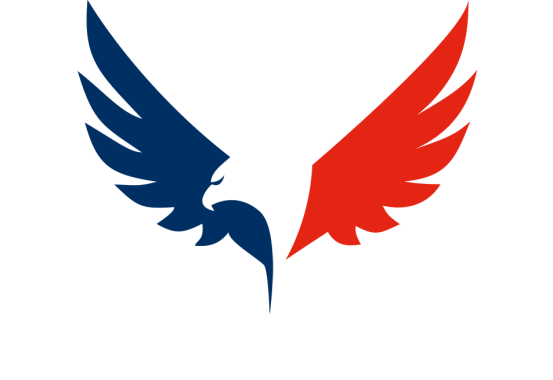
The combat block of Kerfent
- a turret of machine guns (2 MAC 31 Reibel 7.5mm machine guns and a 25mm anti-tank gun),
- two watchman and gunner bells (GFM) for 50mm mortar, 1924/29 gunner rifle and optical instruments,
- an infantry fire chamber for two MAC 31 Reibel 7.5mm machine gun twinnings and a 47mm anti-tank gun,
- an artillery fire chamber for two 81mm mortars with a range of 3600 metres covering the bunker of Teting,
- various close defence weapons (machine guns, grenade launcher chute for the defence of the diamond ditch).
Le Bloc 3, celui que l’ASPOLT restaure, n’est pas relié par galerie au reste de l’ouvrage. Il y a pourtant bien un escalier qui descend à 40 mètres sous terre, mais il s’avère que la galerie n’a jamais été creusée du fait de la présence d’une nappe phréatique entre le Bloc 3 donc, et le reste de l’ouvrage à 300 mètres de là.
Du fait de ce relatif isolement, le Bloc 3 a été conçu comme un véritable petit fortin autonome et l’on y retrouve tout ce qui caractérise un petit ouvrage : usine électrique lui fournissant son courant, salle des filtres utilisée en cas d’attaque aux gaz, citernes d’eau, chambrées, toilettes, magasins à munitions, etc. mis en œuvre par un équipage de 67 hommes commandés par le sous-lieutenant Choné.
À cela s’ajoutaient les armements :
- une tourelle de mitrailleuses (2 mitrailleuses MAC 31 Reibel 7,5mm et un canon antichars de 25mm),
- deux cloches Guetteur et Fusil-Mitrailleur (GFM) pour mortier de 50mm, fusil-mitrailleur 1924/29 et instruments d’optique,
- une chambre de tir d’infanterie pour deux jumelages de mitrailleuses MAC 31 Reibel 7,5mm et un canon antichars de 47mm,
- une chambre de tir d’artillerie pour deux mortiers de 81mm d’une portée de 3600 mètres couvrant le PO de Téting,
- divers armements de défense rapprochée (fusils-mitrailleurs, goulotte lance-grenade pour la défense du fossé diamant).



Finalement, le 25 juin 1940 à 0h35, l’Armistice entre en vigueur. La France est vaincue, l’Allemagne victorieuse. Au Secteur Fortifié de Faulquemont et ailleurs sur la ligne Maginot cependant, les équipages tiennent encore. Le drapeau français flotte sur les ouvrages.
Ainsi, ces combattants sont soulagés. Le 25 juin au matin, ils sortent des ouvrages. Au Laudrefang, comme au Téting et à l’Einseling, cela fait plus de 8 jours qu’ils n’ont pas vu la lumière du jour. Ils profitent du beau temps, sortent des chaises, des tables, vont cueillir fruits et légumes aux abords des réseaux de barbelés. La vie reprend. Invaincus, ils attendent désormais de savoir quand ils pourront regagner leur foyer.

Le 1 juillet 1940 pourtant, c’est la douche froide. Les équipages du Secteur Fortifié de Faulquemont et les quelques 22000 hommes tenant encore la ligne Maginot apprennent en effet qu’ils sont faits prisonniers de guerre. C’était l’une des conditions requises par l’Etat-Major allemand lors de la signature de l’Armistice.
A Laudrefang, Jean Vindevogel et deux autres compagnons s’enfuient la nuit du 1 au 2 juillet, échappant ainsi à la captivité. Le lendemain 2 juillet, l’ensemble des autres soldats français sont alors emmenés en camps de prisonniers en Allemagne, ils ne rentreront au pays que lors de la libération en 1945.
